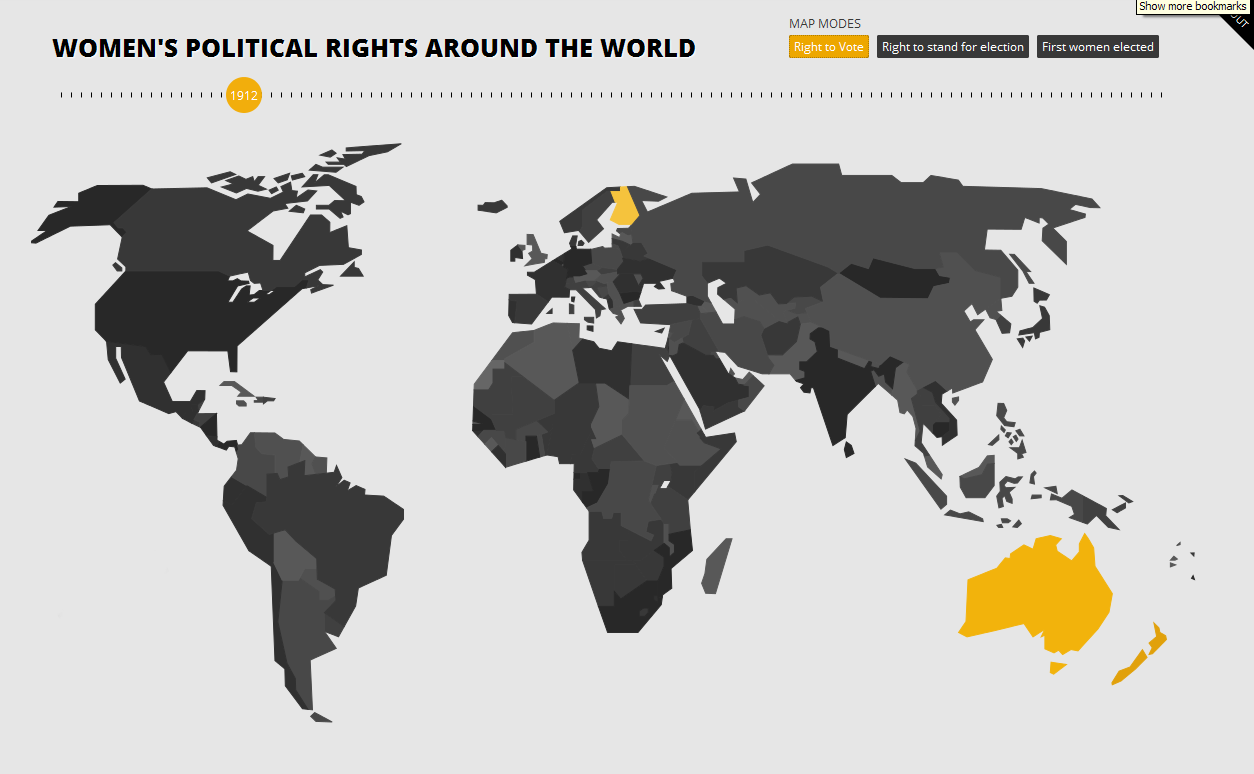An estimated one third of the world population is connected to the internet while the remaining two thirds do not have have access to it yet, according to the website Information Geographies.
As shown in the map above, the distortion in the size of China points out the fact that it is the country with the largest number of internet users, roughly 500 million people. China is followed by the United States, India, and Japan, among others.
Countries with the largest internet penetration, the percentage of the population of each country connected to the internet, include Canada, Great Britain, Netherlands, Denmark, Norway, Sweden, South Korea, Germany, Finland, Qatar, and New Zealand.
Source: Information Geographies: Internet Population and Penetration












